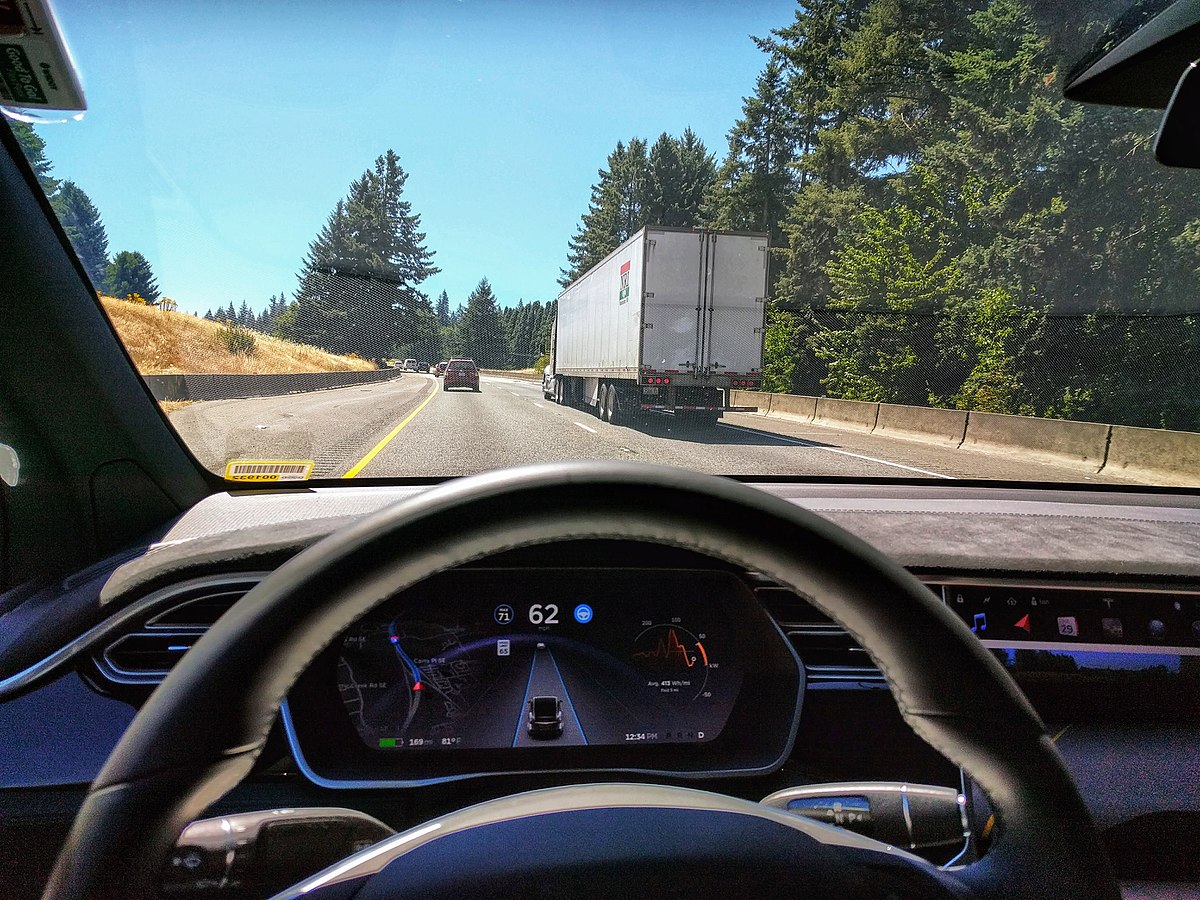Enhancing Road Safety: The Automotive Night Vision System for Your Car

Driving at night can be a challenging experience, with reduced visibility and an increased risk of accidents. Fortunately, technology is continually advancing to make our journeys safer, and one significant innovation is the Automotive Night Vision System. This cutting-edge technology is designed to help drivers see in the dark, identifying potential hazards and pedestrians long before traditional headlights would. In this article, we’ll delve into the world of Automotive Night Vision Systems, exploring their benefits and how they work to enhance road safety.
Guide choosing Automotive Night Vision System
The Basics of Automotive Night Vision Systems
- Infrared Technology: Automotive Night Vision Systems use infrared technology to detect objects and people in the dark. Infrared sensors capture heat emissions, creating a clear image of the road ahead.
- Active and Passive Systems: These systems can be active or passive. Active systems emit infrared light, which is invisible to the human eye, while passive systems rely on the ambient infrared radiation from the environment.
How Automotive Night Vision Systems Work
- Infrared Cameras: A small infrared camera mounted on the vehicle’s grille captures the thermal images of the road ahead.
- Processing Unit: The captured images are then processed in real-time by a computer unit installed within the car.
- Display: The processed images are displayed on the car’s dashboard or center console screen, typically in black and white, providing the driver with a clear view of the road even in complete darkness.
Benefits of Automotive Night Vision Systems
- Enhanced Visibility: The primary benefit is improved visibility at night. These systems can detect objects, animals, and pedestrians that may not be visible with traditional headlights.
- Preventing Collisions: By providing early detection of potential hazards, these systems can help prevent accidents, especially in low-visibility conditions.
- Reduced Stress: Drivers often experience less stress and fatigue when they can see the road clearly at night.
- Enhanced Safety: Automotive Night Vision Systems contribute to overall road safety by reducing the risk of nighttime accidents.
Different Types of Automotive Night Vision Systems
- Active Infrared Systems: These systems emit their own infrared light and are more effective in complete darkness.
- Passive Infrared Systems: Passive systems rely on ambient heat sources, such as the warmth of animals or pedestrians, to create images. These are more suitable for scenarios with some ambient light.
Limitations and Considerations
While Automotive Night Vision Systems offer numerous advantages, there are limitations and considerations to keep in mind:
- Cost: These systems can be expensive to install and maintain.
- Environmental Conditions: Extreme weather conditions, such as heavy rain, snow, or fog, can affect the performance of these systems.
- False Alarms: In some cases, these systems may produce false alarms or misinterpret objects, leading to unnecessary alerts.
- Driver Awareness: Drivers should not solely rely on these systems and should always stay alert and attentive to the road.

Major Automotive Manufacturers Offering Night Vision Systems
- BMW: BMW’s Night Vision system offers clear detection of pedestrians, animals, and objects in the dark.
- Mercedes-Benz: Mercedes-Benz offers the Night View Assist PLUS, which enhances nighttime visibility.
- Audi: Audi’s Night Vision Assistant can detect pedestrians and large animals in low-light conditions.
- Cadillac: Cadillac’s Super Cruise includes a night vision system to improve nighttime driving.
Future Developments in Night Vision Systems
Automotive Night Vision Systems continue to evolve. Future developments may include:
- Integration with Autonomous Vehicles: Night vision technology could become an integral part of autonomous vehicles to ensure safe nighttime driving.
- Enhanced Accuracy: Ongoing research aims to improve the accuracy and reduce false alarms in these systems.
- Affordability: As technology advances, the cost of implementing night vision systems may decrease, making them more accessible to a wider range of vehicles.
Should You Invest in an Automotive Night Vision System?
Deciding whether to invest in an Automotive Night Vision System depends on your driving habits, the roads you frequent, and your budget. Consider the following factors:
- Driving Conditions: If you often drive in areas with low visibility at night, such as rural roads or poorly lit city streets, a night vision system may be particularly beneficial.
- Safety Priorities: If safety is a top priority and you can afford the system, it can provide an extra layer of protection.
- Budget: Keep in mind the cost of installation and maintenance when considering whether to invest in this technology.
Conclusion
Automotive Night Vision Systems have come a long way in enhancing nighttime driving safety. By using infrared technology to detect objects and hazards, these systems offer an added layer of protection for drivers, making it easier to navigate roads in low-visibility conditions. While they come with certain limitations and considerations, advancements in technology continue to improve their accuracy and effectiveness. You can save even more on electric bikes with ScoopCoupons.
For those who prioritize safety and frequently drive in challenging nighttime conditions, investing in an Automotive Night Vision System may be a valuable decision, shedding light on the path ahead and reducing the risks associated with nighttime driving.



